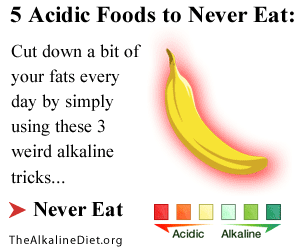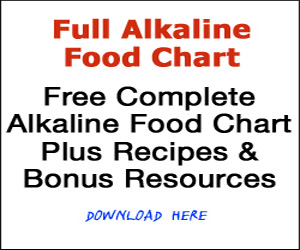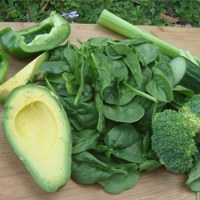Acid and Alkaline Foods and the pH Miracle Diet
The fundamental premise underpinning the pH miracle diet revolves around the maintenance of a balanced pH level within one’s dietary intake. Given the slight alkalinity of the human body, there exists a correlation between optimal health and the consumption of predominantly alkalizing foods. Excessive consumption of acidic foods disrupts this equilibrium, potentially resulting in a myriad of health complications such as weight gain, cognitive impairment, fatigue, and compromised immune function, which may escalate to more severe ailments.
The pH miracle diet advocates for a discerning selection of foods categorized as either acidic (to be minimized) or alkalizing (to be prioritized), with emphasis on the latter due to their perceived health benefits and role in pH equilibrium within the body. Despite the commonplace usage of terms such as acid, alkaline, and pH, there exists a notable gap in understanding among the general populace regarding their precise implications in the realm of nutrition and health.
Etymologically, the term “basic” finds its origin in the Greek word “basis,” denoting foundation, thereby alluding to the foundational characteristics of acidity and alkalinity inherent in foods at the cellular level. Consequently, external manipulation cannot alter the inherent acidity or alkalinity of a given food item, as these attributes are intrinsic to its composition.
Acid and alkaline substances represent chemical opposites, engaging in interactions that yield salt as a product. While such interactions are straightforward within a laboratory setting, complexities arise within the human body due to the scale at which these acids and bases intersect.
Nevertheless, scientific generalizations can be drawn regarding the effects of acidic and alkaline foods on the human digestive system. Acidic foods promote acidification within bodily fluids such as blood, lymph, and saliva, consequently lowering the pH level, whereas alkaline foods foster alkalization, elevating the pH level. Notably, the typical pH range for saliva falls between 7.3 and 7.4, yet many individuals exhibit heightened acidity levels, manifesting in symptoms of fatigue and imbalance.
The consumption of acidic foods exacerbates free radical oxidation processes, accelerating the aging process and impeding nutrient absorption. Furthermore, acidic environments within the intestine compromise nutrient assimilation and hinder toxin removal, leading to diminished bodily functions across various systems. In contrast, alkaline foods offer a plethora of health benefits, including enhanced muscle function, antioxidant properties, improved cellular assimilation, and alleviation of common ailments such as colds and headaches.
Critical differentiations between acid and alkaline foods extend to their implications for cancer development. Cancerous tissues thrive in acidic environments, whereas alkaline conditions foster health and vitality. Oxygen availability plays a pivotal role, with alkaline environments facilitating oxygen delivery to tissues, thereby inhibiting cancer cell proliferation. Studies indicate that maintaining a pH level slightly above 7.4 induces dormancy in cancer cells, while a pH of 8.5 prompts cancer cell death while preserving healthy cells.
In summary, adopting an alkalizing diet yields multifaceted benefits, including cancer prevention and overall health enhancement. The incorporation of alkaline foods into one’s dietary regimen presents a proactive approach to fostering well-being and vitality.




